So will you create the Empire of Scandinavia?
I am old-fashioned and out of date. Still playing the version whithout Scandinavian empire, so will have to stick to the Scandinavian confederation for a while. But...I have another Empire on my mind

So will you create the Empire of Scandinavia?
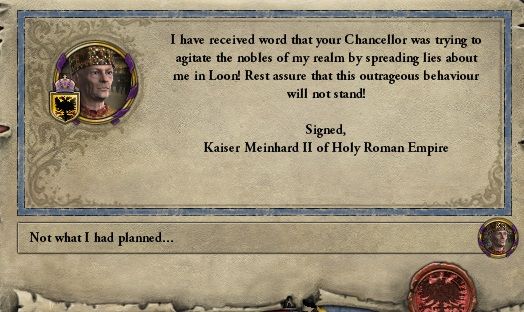

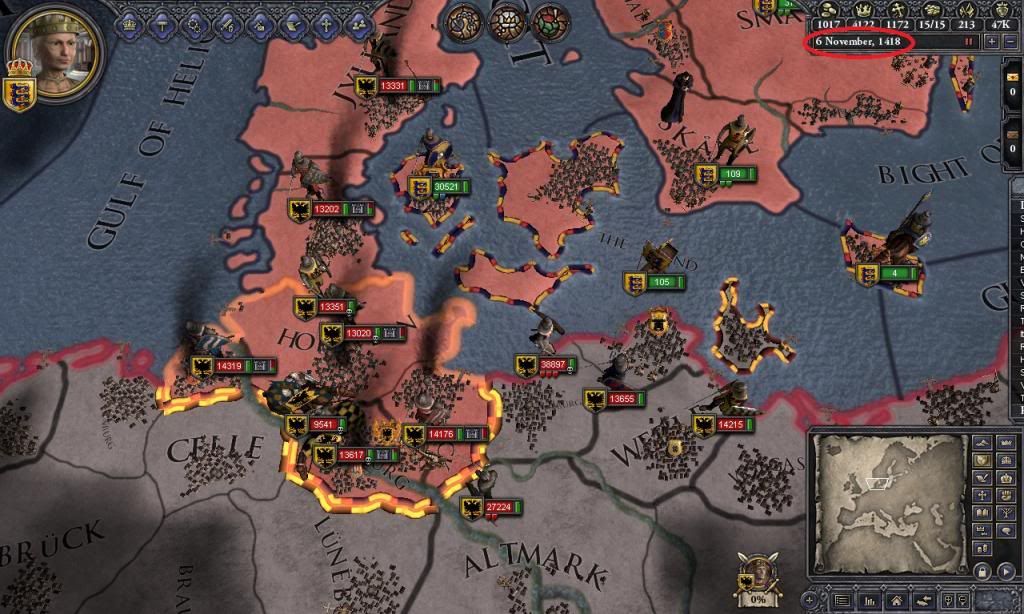
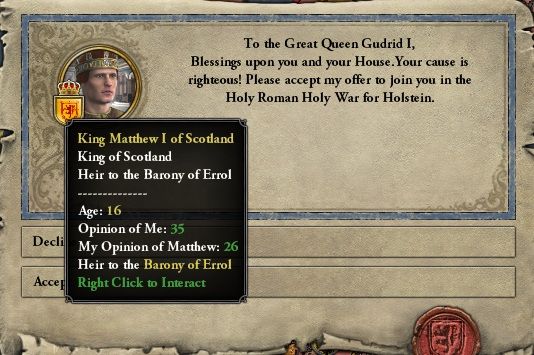

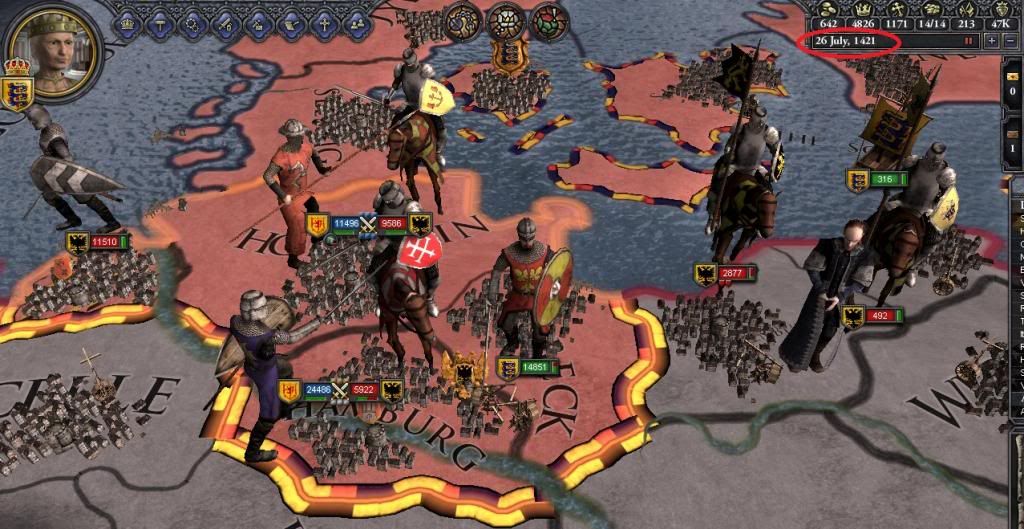
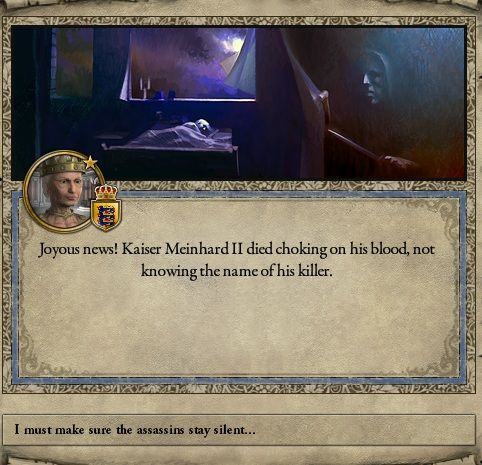
























That's some nice HRE grabbing!
I don't think I've commented here before, but I'd just like to say well done on a great AAR








